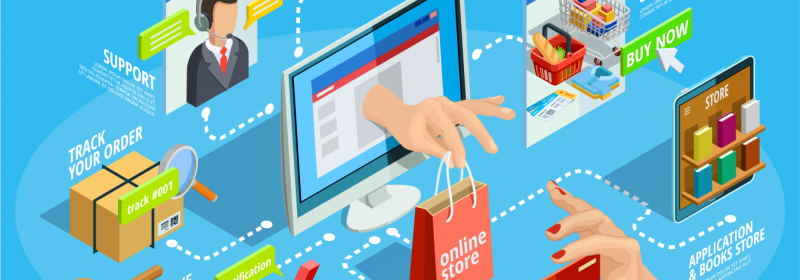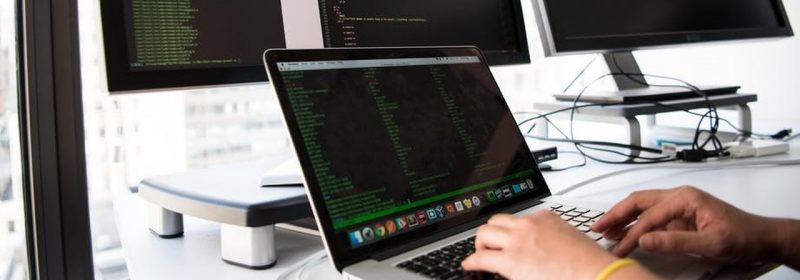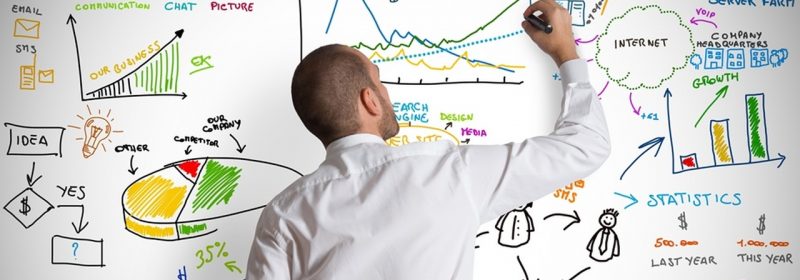 Omnichannel: Strategy for online retailing
Omnichannel: Strategy for online retailing
It’s common for retailers to pursue their business either online or offline. But how can two channels be adapted in a sustainable way to generate a unified purchase: multichannel, crosschannel or omnichannel? What do these terms mean and how do they differ?
An experienced Internet consumer is looking for flexibility and mobility. He wants to be able to choose freely, whether to buy his products online or offline and pay for them on the Internet or at the store establishment. It is up to the daily experience of buying, payment options, checkout, as well as logistics conceptions. All of these strategies combine to provide as much comfort as possible for the consumer.
We have already spoken in another post (here) about the importance of thinking of customer experience for mobile users.
For you to understand these classifications better and prepare your company for challenges, we separated some information below:
Multichannel – parallel worlds

Although often used as synonyms, the term “multichannel” represents this new consumer profile.
Which means, the consumer has the “multichannel” tendency – coming from the so-called “information age” or “engagement era”; is used to this communication model – and the channels made available and monitored by the company make this possible.
Often, the same client who is seeing your advertisement though an offline media may be interacting through the social network. At the same exact time, the company is able to measure customer satisfaction and also their “pains” and perceptions.
This way, the company is able to integrate and manage relationship channels more easily, in order to become “closer” to the client, can offer a richer (integrated) omnichannel experience.
CrossChannel – through multiple channels

CrossChannel is a broader example, which involves not only relationship channels, but service models. A concept that can even involve logistics.
Therefore, there’s the strengthening, not only of the commercial area, but of all the structural part in order to offer a product or service.
As its own name implies, it’s a “channel crossing” so the customer can obtain a certain product or service “on demand”. In the best way for him: for example, the customer can choose to buy on the site (via e-commerce) and withdraw in the store, or the other way round (search the store and then close the order on the site and receive it).
This flexibility allows us to think of a form of service more adequate to each consumer.
Omnichannel – all channels in one

Finally we’ve come to the Omnichannel, a retail trend that covers, basically, the idea of the consumer that interacts through several different channels of communication and sometimes at the same time. A development point for retailers, which allows them to connect with their customers in a particular and unique way.
With the advent of mobility and the internet, the consumer also has online tools to search and buy from a distance.
As a result, off-line channels (including telemarketing and SACs) don’t necessarily cease to exist, but had to understand the entry of more “dynamic” channels that made it all in “one.”
It isn’t a coincidence we see the emergence of chatbots in service context and the so-called “SAC 4.0”, which use intelligence and information to provide closer, faster and more accurate service.
However, it is important to think continuously about this experience, no matter where the customer talks to the company, it needs to be well attended in all situations and with the same quality, without any discrepancies between the channels.
So, does your company feel it already has the framework to work with these new trends? Come talk to Kyros!
Postado por Kyros Tecnologia em 10 May, 2019


















